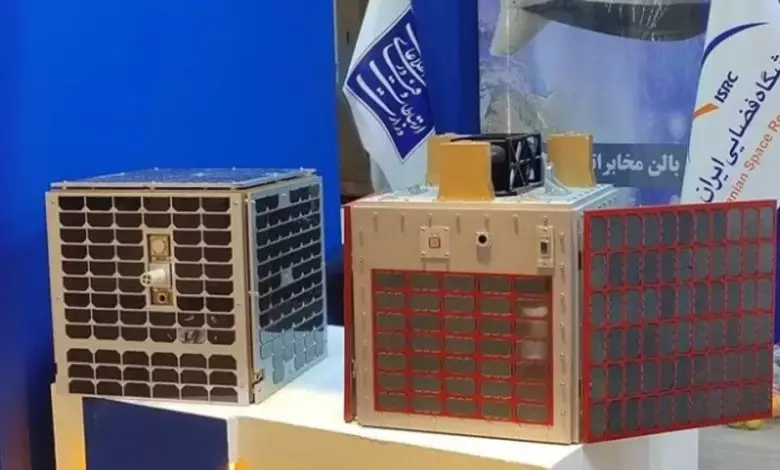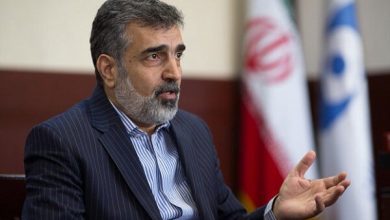Iran Prepares to Launch Advanced Satellite; More to Follow, Says Official
The head of the Iranian Space Research Center has announced plans for the launch of an advanced communication satellite. Additionally, a cutting-edge remote sensing satellite is slated for future deployment, with several other research satellites currently in the manufacturing stages.

Vahid Yazdanian has confirmed the identification of the communication satellite as Nahid-2, often referred to as Venus-2. Additionally, he announced that the nation’s Pars-2 remote sensing satellite is also prepared and awaiting its launch.
The Islamic Republic of Iran News Network reported on Friday that several other advanced satellite projects were also underway, according to an official.
Experts have indicated that the completion of the Nahid-2 manufacturing process represents a substantial advancement in Iran’s space program, particularly in the realm of communication satellite technology.
A 120-kilogram orbiter is scheduled for deployment into a 500-kilometer high orbit at a 56-degree inclination, utilizing the Simorgh launch vehicle for its journey.
The satellite is engineered to provide a comprehensive array of communication services and research functionalities, including data storage, transmission, and secure communication links between satellite systems and mission control centers.
The Nahid-2 satellite will serve as a testing ground for the nation’s capability to utilize chemical propulsion and hot gas propulsion for attitude control, which refers to the procedure for managing a satellite’s orientation. This launch represents a pioneering application of these technologies within the Islamic Republic’s satellite program.
Additionally, it will conduct autonomous radio positioning without dependence on GPS, utilizing Two-Line Element (TLE) data—an established format for depicting the orbital parameters of satellites and other spaceborne objects.
**Pars-2 Remote Sensing Satellite: Enhancing Imaging Capabilities**
The Pars-2 remote sensing satellite represents significant advancements in imaging technology, providing enhanced capabilities for capturing high-resolution images from space. This development marks a critical step forward in the field of remote sensing, offering improved data collection and analysis for various applications.
According to Yazdanian, the Pars-2 satellite is expected to be added to the queue in the near future.
The satellite aims to boost Iran’s remote sensing capabilities, serving as an advanced iteration of the Pars-1 satellite with enhanced imaging performance.
The orbiter is set to deliver color imagery with a precision of under 4 meters and monochrome images with a resolution of below 8 meters.
The official’s statement coincides with the country’s ongoing development of the Pars-3 satellite, anticipated to significantly enhance imaging capabilities by delivering black-and-white images with a precision exceeding two meters.
In recent years, significant strides have been made in the field of research satellite technology. Innovations in satellite design and deployment have enhanced capabilities for data collection, communication, and observation. These advancements have facilitated more precise monitoring of environmental changes, improved global communication networks, and expanded opportunities for scientific discovery across various disciplines. As nations and private entities continue to invest in satellite technology, the potential for groundbreaking research and data acquisition remains vast, promising transformative impacts on both science and society.
Yazdanian highlighted that the research center had outlined a series of satellites dedicated to examining various satellite subsystems.
He praised the fact that over 97% of these subsystems are now being produced within the country.
The manufacturing process for Pazhouhesh (Research) Satellites 1 through 4 is actively underway, with significant contributions from both the private sector and academic institutions.
It was indicated that the Pazhouhesh Satellite 5 is currently in the conceptual stage and will soon be transferred for the next phase of development.







